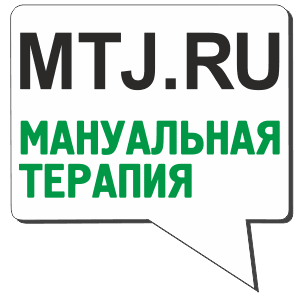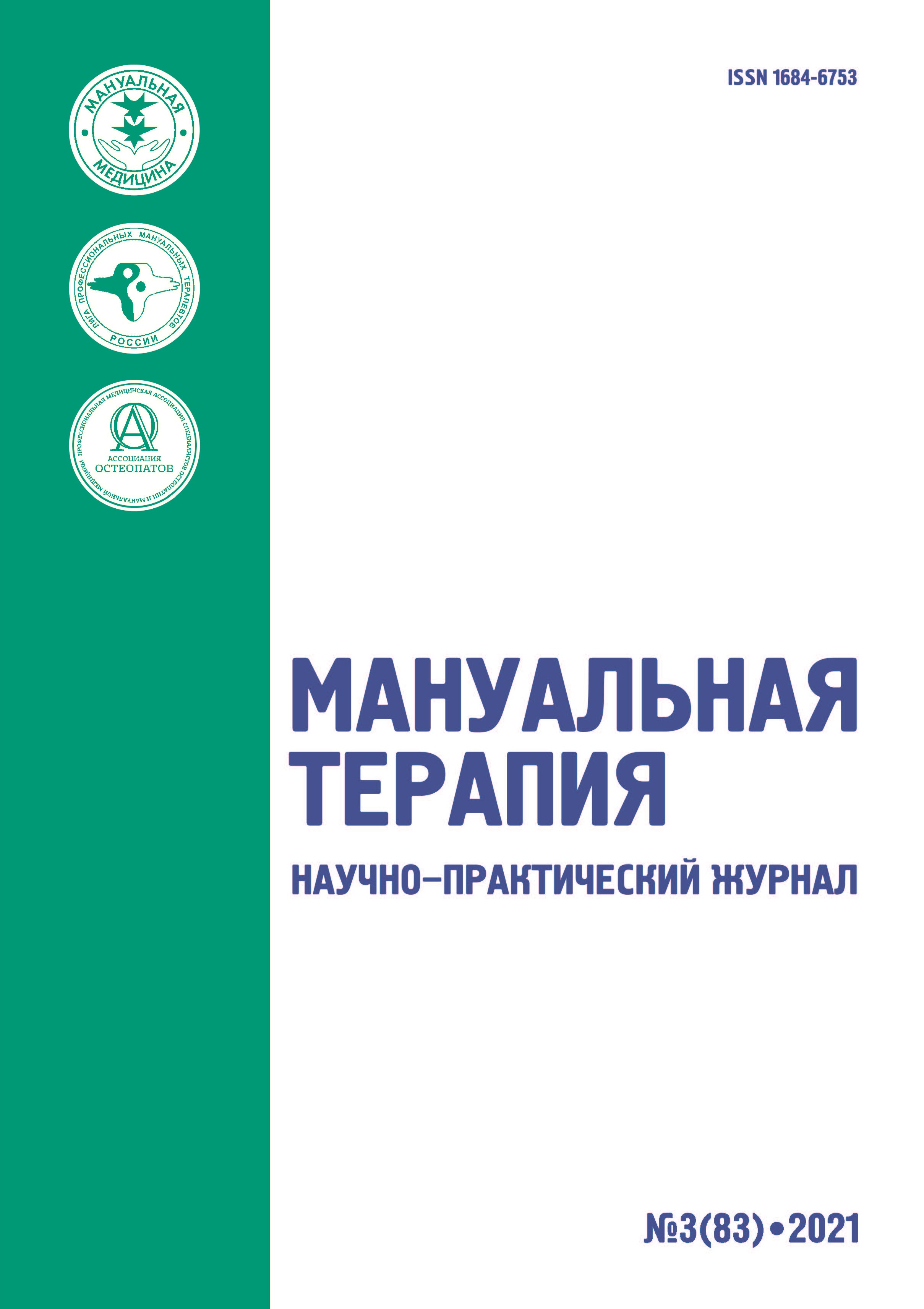Traditional X-ray methods identify general signs of a dystrophic process in 82.2% of cases but they do not provide suffi cient information about the nature of a pathological process, lesion prevalence and localization, a level and a degree of compression of neurological and vascular elements of the vertebral canal. Specifi city of X-ray imaging in the identifi cation of a dystrophic process nature is just 47.8%. X-ray imaging and T1-,T2-weighted MRI are enough for examining patients with discogenic changes of the vertebral segments; their combined results are highly effective (99.4%). Spiral CT and MRI are complementary methods for the examination of patients with dystrophic diseases of the lumbar spine; when used together their eff ectiveness reaches 95.4%. The comparative assessment of sensitivity, specifi city and accuracy of modern methods of X-ray diagnostics, development of an algorithm of the examination of patients with dystrophic diseases of the lumbar spine were performed on the basis of the study results.
vertebro-neurological syndrome, magnetic resonance imaging, spiral computer tomography, lumbar spine
1. Adamov NT, Andrianov SG. Computer tomography in complex diagnostics of degenerative-dystrophic changes of the spine. Abstract of Scientifi c and Practical Conference “Modern Issues of Prophylaxis, Diagnostics, Treatment, and Rehabilitation”. Moscow; 1988:51-53. (In Russ.).
2. Altunbaev RA, Kamalov II. The modern concept of clinical X-ray diagnostics of the spine dystrophic pathology. Vertebronevrologiya = Vertebral Neurology. 1998;(1):10-13. (In Russ.).
3. Altunbaev RA. Computer tomography study of special anatomic features of the spinal canal at the low lumbar level in patients with lumboischialgias. Vertebronevrologiya = Vertebral Neurology. 1993;3(2):14-18. (In Russ.).
4. Akhadov TA, Panov VO, Eihoff U. Magnetic resonance imaging of the spinal cord and the spine. Moscow; 2000. 748 p. (In Russ.).
5. Belyakov VV, Smirnov VV, Eliseev NP. Radiofunctional and radiomorphological disorders in case of reflex and compression spondylogenic syndromes. Proceedings of the 3rd All-Russian Congress of Manual Therapists. St-Petersburg, 1-2 July 2003. Manual’naya Terapiya = Manual Therapy. 2005;2(18):95. (In Russ.).
6. Vasiliev AYu., Vitko NK. Computer tomography in diagnostics of degenerative changes of intervertebral discs of the lumbar spine. Radiologiya-Praktika = Radiology-Practice. 2001;(1):6-16. (In Russ.).
7. Epifanov VA, Rolik IS, Epifanov AV. The spine osteochondrosis. Moscow; 2000. 344 p. (In Russ.).
8. Kamalov II, Ryzhkin SA. Diagnostic capabilities of magnetic resonance imaging for the detection of the spine osteochondrosis and its complications. Vertebronevrologiya = Vertebral Neurology. 2001(3-4):5-8. (In Russ.).
9. Konovalov AN, Kornienko VN, Pronin IN. Magnetic resonance imaging and neurosurgery. Moscow: Vidar; 1997. 394 p. (In Russ.).
10. Trofi mova TN., eds. Human radiation anatomy. St-Petersburg: SPbMAPO Publishing House; 2005. 496 p. (In Russ.).
11. Prokop M, Galanski M. Spiral and multislice computed tomography: A textbook in 2 volumes. Moscow: “MEDpress-inform”; 2007, Vol.2. 710 p. (In Russ.).
12. Sitel AB. Vascular-compressive and root syndromes in case of the spine osteochondrosis (clinical picture, diagnostics, treatment). Abstract of Dr. Sci. (Med.) Thesis: 14:00.13. Moscow; N.I. Pirogov 2nd Moscow State Medical Institute; 1991. 31 p. (In Russ.).
13. Shotemor ShSh. A guide to diagnostic pictures: Practitioner’s reference book. Moscow: Sovetskii sport; 2001. 400 p. (In Russ.).
14. Yumashev GA, Furman ME. The spine osteochondrosis. Moscow; 1984. 200 p. (In Russ.).
15. Anderson JAD. The Lumbar Spine and Back pain. L.; 1980; Vol. 2. 57 p.
16. Bohndorf K. Osteochondritis (osteochondrosis) dissecans: a review and new MRI classifi cation. Eur. Radiol. 1998;8(1):103-111.
17. Boyce RH, Wang JC. Evaluation of neck pain, radiculopathy and myelopathy: imaging, conservative treatment, and surgical indications. Instr. Course Lect. 2003;(52):489-495.
18. Frank P. Roentgenological Diagnose und diff erentialdiadnose von Verletzungen der obegenHalswirbelsaule. Rontgenblatter. 1980;33(2):67-76.
19. Kramer J. Intervertebral disk diseases. Stuttgart: G. TiemeVerlag, 1990. 312 p.
20. Modic MT, Herfkins RJ. Intervertebral disk: normal age-related changes in MR signal intensity. Radiology. 1990;(177):332.
21. Modic MT, Masaryk TJ, Ross JS, Carter JR. Imaging of degenerative disk disease. Radiology. 1988;(168):177-186.
22. Sweaey RL. Chronic neck pain. Rheum. Dis. Clin. North. Am. 1996;(22):411-439.
23. Tierney RT, Maldjian C, Mattacola CG, et al. Cervical spine stenosis measures in normal subjects. J. Athl. Train. 2002;37(2):190-193.
24. Tervonen O, Lahde S, Rydberg J. Lumbar disc degeneration. Correlation between CT and CT/discography. ActaRadiol. 1990;31(6):551-554.
25. Verbiest H. Pains of the spinal origin in the lumbar and cervical area. The management of pain. Amsterdam Oxford Exceptemedice. 1979:113-160.








